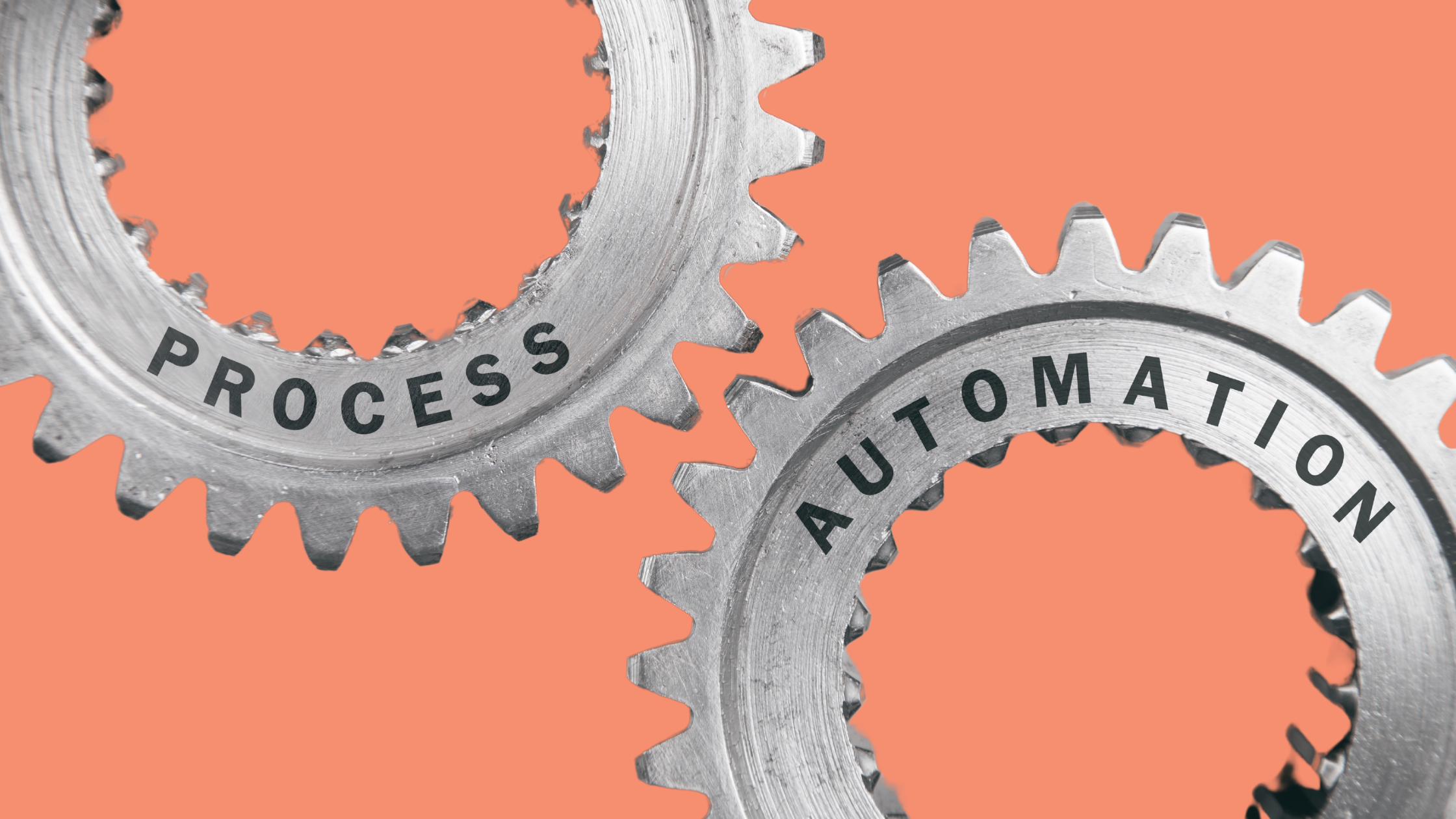The Role of Automation in Modern Medical Practices
In today's fast-paced healthcare environment, automation has emerged as a powerful tool to reduce administrative burdens and enhance operational...
2 min read
 Cory Legere, Cory Legere Consulting, athenahealth Expert
Sep 9, 2024 12:00:00 AM
Cory Legere, Cory Legere Consulting, athenahealth Expert
Sep 9, 2024 12:00:00 AM
Efficient appointment scheduling is a cornerstone of successful medical practice management. It can significantly impact patient satisfaction, reduce wait times, and improve overall operational efficiency. This blog explores best practices for streamlining appointment scheduling to ensure your practice runs smoothly and effectively.
Efficient scheduling is not just about filling up the calendar; it’s about optimizing the flow of patients through the practice. When done correctly, it can:
Modern scheduling software can revolutionize how your practice manages appointments. Look for solutions that offer:
Analyzing your appointment data can help you identify patterns and optimize your schedule. Consider:
Effective communication with patients is key to successful scheduling. Implement:
Your staff plays a crucial role in maintaining an efficient schedule. Provide training on:
Regularly review your scheduling processes and make adjustments as needed. Consider:
Streamlining appointment scheduling is essential for any medical practice aiming to improve efficiency, reduce wait times, and enhance patient satisfaction. By implementing advanced scheduling software, optimizing appointment slot allocation, prioritizing patient communication, training staff, and regularly monitoring processes, your practice can achieve a well-organized and efficient schedule.
Embrace these best practices and transform your scheduling system into a powerful tool that not only meets but exceeds the expectations of your patients and staff. Efficient scheduling is not just a convenience; it’s a strategic advantage that can set your practice apart in the competitive healthcare landscape.

In today's fast-paced healthcare environment, automation has emerged as a powerful tool to reduce administrative burdens and enhance operational...

In today's fast-paced medical environment, optimizing staff workflows is essential for maintaining a high standard of care and operational...

Patients arriving late for their appointments leads to a cascade of scheduling problems and negatively impacts patient satisfaction.
.png)
Common reasons for patient appointment delays and the need for practices to optimize their scheduling processes and improve patient communication to...

No-shows pose a significant challenge for medical practices, resulting in lost revenue, inefficient resource use, and disruptions in patient care....